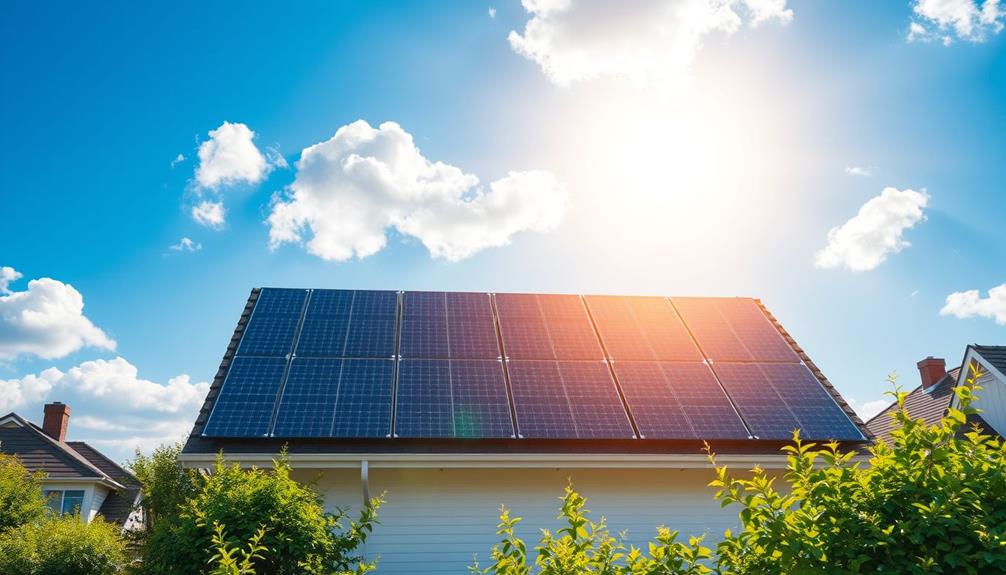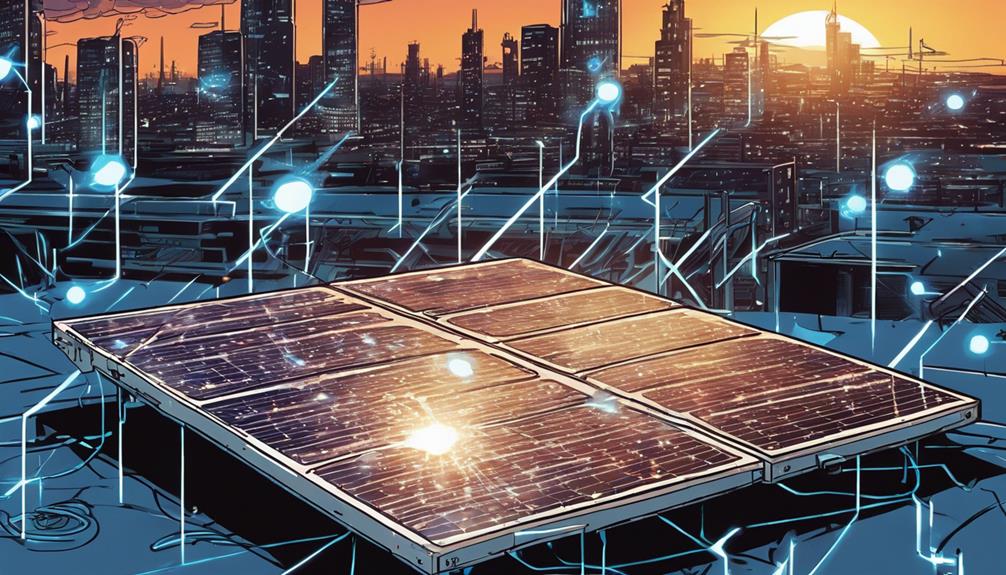When it comes to solar energy, passive systems rely on design for heating and cooling, while active systems use tools like solar panels for energy. Passive requires no gadgets but needs smart planning, while active demands gadgets for power generation. For passive, think cost-effective design; for active, think more maintenance and upfront investment. If you want to know more about how these systems compare, keep in mind that passive systems can handle up to 60% of your heating needs without external help, while active systems usually cost $3,000 to $10,000 to set up.
Key Takeaways
- Passive solar uses design for heating; active solar employs technology like panels.
- Passive systems rely on natural elements; active systems use mechanical components.
- Passive systems cost less initially; active systems require more investment.
- Passive systems need little maintenance; active systems need regular upkeep.
- Passive systems ideal for new construction; active systems offer more control and efficiency.
Solar Energy Overview
Understanding the basics of solar energy is essential for grasping the differences between passive and active solar energy systems. Solar energy, derived from the sun's light and heat, is a valuable resource for generating electricity through photovoltaic systems. Solar panels, containing solar cells typically made of silicon, convert sunlight into direct current (DC) electricity.
Passive solar systems rely on smart building design and materials to capture and store solar heat for heating and cooling purposes. In contrast, active solar energy systems employ technology such as solar collectors and heat transfer mechanisms to capture and distribute solar heat for various applications.
Passive Solar Energy
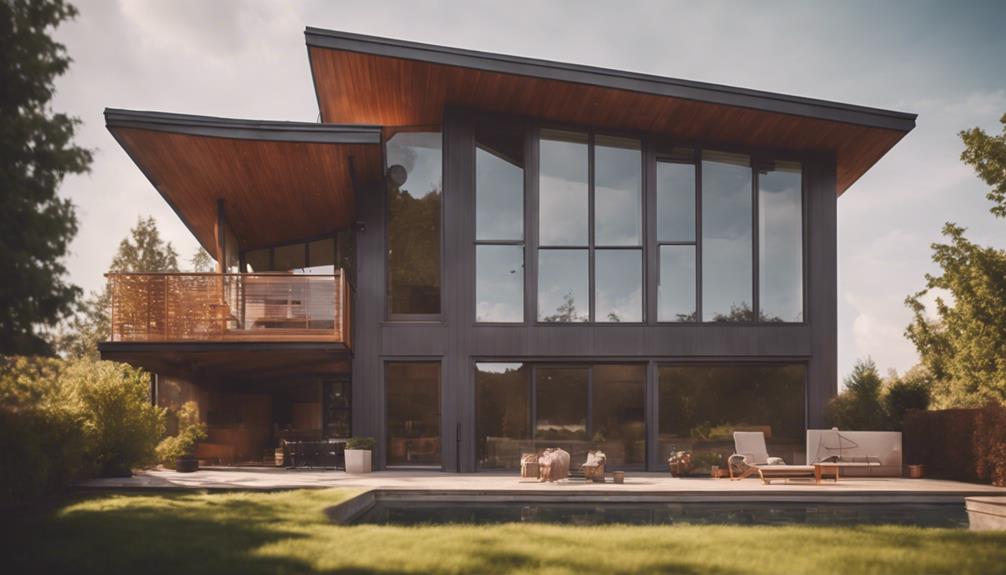
Passive solar energy systems rely on smart building design and materials to capture and store the sun's heat efficiently. By incorporating features like south-facing windows and thermal mass materials, passive solar energy enables natural heating and cooling within a structure. This method proves to be cost-effective, with zero carbon emissions and noise-free operation. Particularly advantageous for new construction, passive solar energy can fulfill up to 60% of a home's winter heating needs without the need for external devices or mechanical systems for heat distribution.
| Passive Solar Energy Features | Benefits |
|---|---|
| Smart building design | Natural heating and cooling |
| Thermal mass materials | Cost-effective |
| Zero carbon emissions | Suitable for new construction |
Active Solar Energy
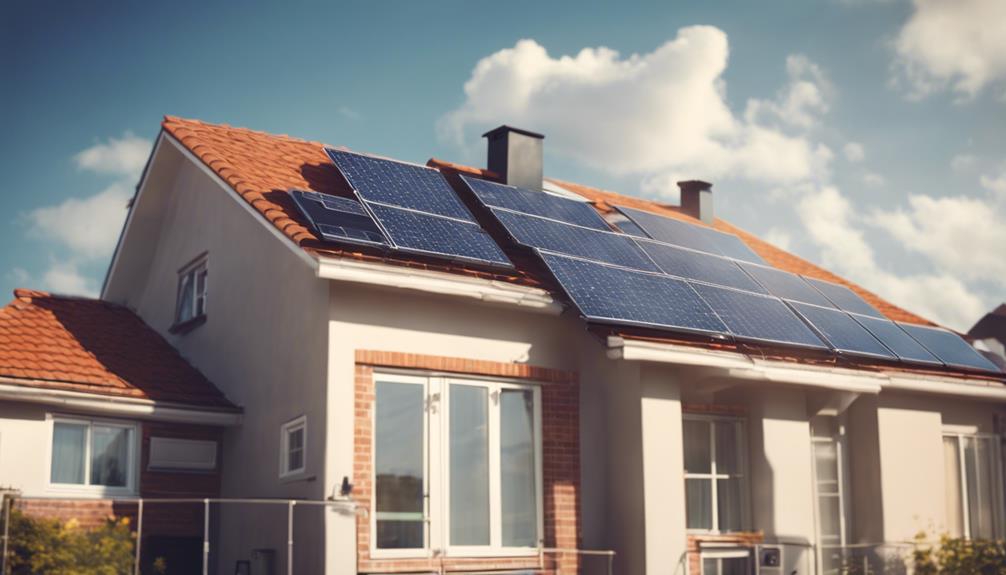
Active solar energy utilizes external tools like solar panels to capture and convert solar energy into usable heat or electricity. In active solar systems, flat-plate photovoltaic panels are commonly used to gather solar energy and generate electricity efficiently. These systems are versatile, capable of providing heating and powering electrical appliances in residential and commercial settings.
To facilitate heat transfer, fluids like air or liquid are circulated within active solar systems, allowing for various applications. While active solar energy systems require more maintenance and an initial investment compared to passive systems, they offer greater control over energy utilization and improved efficiency in electricity generation.
The use of external tools in active solar systems emphasizes the importance of proper upkeep to ensure prime performance and longevity. Despite the initial costs, the energy efficiency benefits of active solar systems make them a sustainable and effective choice for those looking to harness solar power for heating and electricity generation.
Comparison of Solar Heating
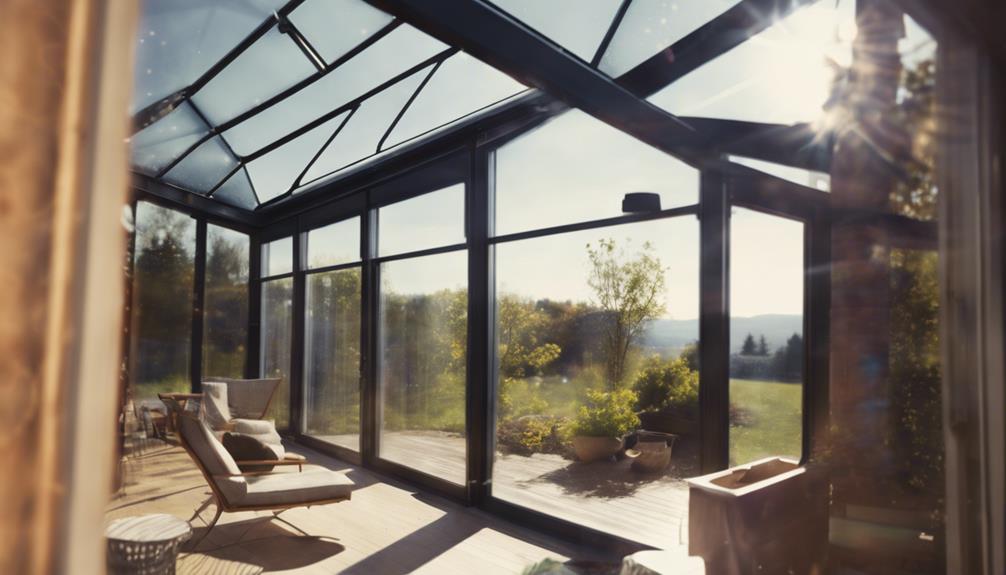
For efficient utilization of solar energy, comparing passive and active solar heating methods can help you make informed decisions based on your specific needs and budget. Passive solar heating relies on building design and materials to capture solar heat, while active solar heating uses technology like solar panels. Passive systems can provide up to 60% of winter heating needs, whereas active systems typically cost $3,000 to $10,000 to install. Solar water heaters, a type of active solar heating, can reduce energy consumption by up to 75% with initial costs ranging from $1,500 to $3,000. On the other hand, photovoltaic cells in active systems convert sunlight into electricity with up to 80% efficiency. Below is a comparison table to highlight the key differences between passive and active solar heating methods:
| Feature | Passive Solar Heating | Active Solar Heating |
|---|---|---|
| Cost | Lower initial cost | Higher initial cost |
| Technology | Relies on building design | Uses solar panels and technology |
| Energy Efficiency | Provides up to 60% of heating needs | Can provide electricity and heating needs |
Solar Energy Benefits
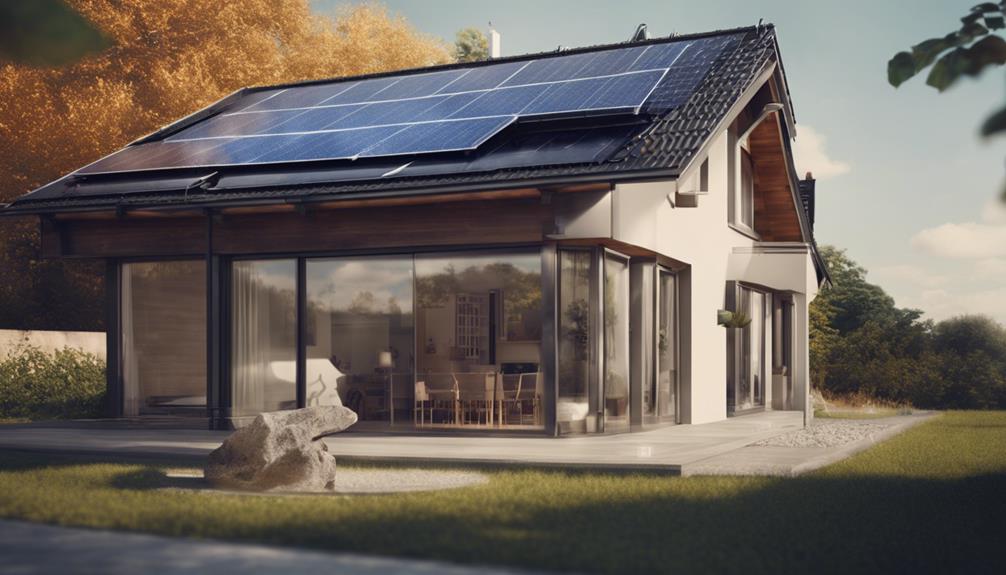
By harnessing solar energy, you can enjoy a renewable and cost-effective solution that reduces electricity expenses and environmental impact. Whether through passive solar heating systems that capture the sun's heat naturally or active solar heating systems that use solar panels to convert sunlight into electricity, solar power offers numerous benefits.
Solar energy can be harnessed for residential use and also contributes to a sustainable future by reducing reliance on non-renewable energy sources.
Installing solar panels helps lower your electricity bills and increases the value of your property. Additionally, many governments offer incentives for adopting solar technology, making it a financially attractive option. Passive solar systems are particularly advantageous as they're free to use and require minimal maintenance, making them ideal for smaller homes or offices.
On the other hand, active solar systems provide greater control over heating and electricity generation, which can be beneficial in areas with limited sunlight or colder climates. While these systems may have higher initial costs and maintenance requirements, the long-term benefits regarding energy savings and environmental impact can be substantial.
Frequently Asked Questions
What Is the Difference Between Passive Solar and Active Solar?
In passive solar, design and materials capture heat from the sun passively. Active solar utilizes technology like panels to actively collect and distribute solar energy. Passive systems are simpler and cost-effective, while active offers more control. Factors affecting solar energy include location, weather conditions, and the angle of the sun. Passive solar design takes these factors into account by using natural elements like windows, thermal mass, and insulation to optimize heat capture. Active solar, on the other hand, uses equipment and devices to adjust and maximize energy collection based on these factors. Both passive and active solar systems have their advantages and disadvantages, and the choice between the two depends on various factors affecting solar energy.
What Is the Difference Between Active and Passive Solar Energy Quizlet?
In the domain of solar energy differences, let's illuminate your path. Active solar systems actively harness sunlight with technology, while passive solar systems bask in natural design. The choice is yours to embrace.
What Is the Difference Between Active and Passive Energy?
In active energy systems, external devices like solar panels generate electricity. Passive energy relies on building design to naturally collect and distribute heat. Active systems need mechanical equipment, while passive systems utilize natural methods for heat transfer.
What Is Passive Solar Energy?
Imagine a warm embrace from the sun, effortlessly harnessed by your home's design. Passive solar energy uses elements like south-facing windows and thermal mass to naturally heat your space, reducing costs and environmental impact.
Conclusion
Passive solar energy uses natural elements to heat a space. It can reduce heating bills by up to 50% in some cases. Active solar energy, on the other hand, involves technology to collect and convert sunlight into usable heat. By harnessing the power of the sun, both passive and active solar energy offer sustainable solutions for heating homes and buildings.



